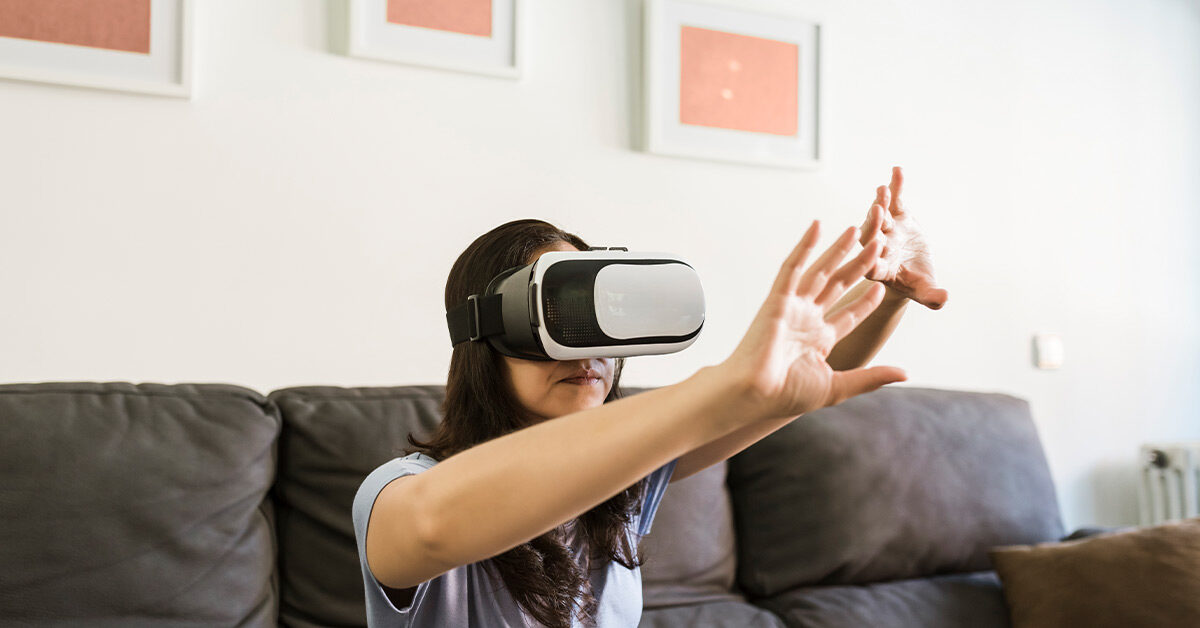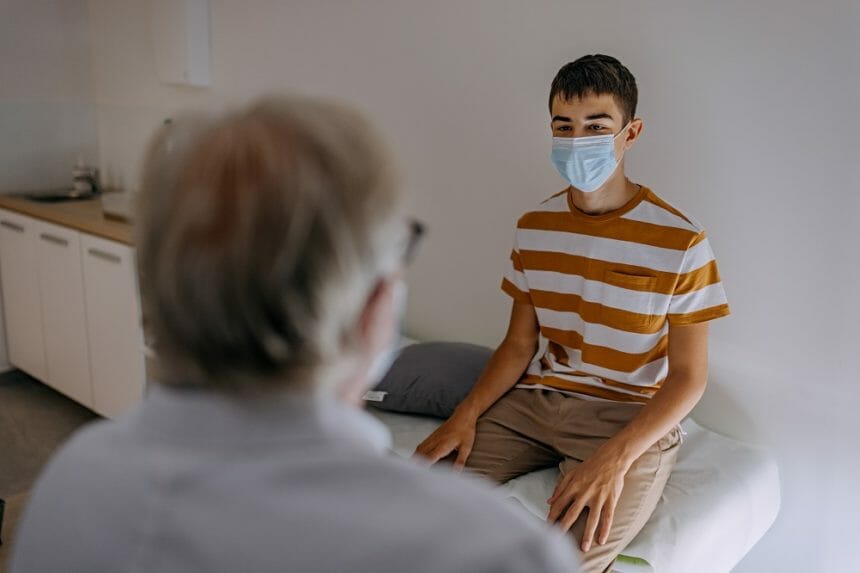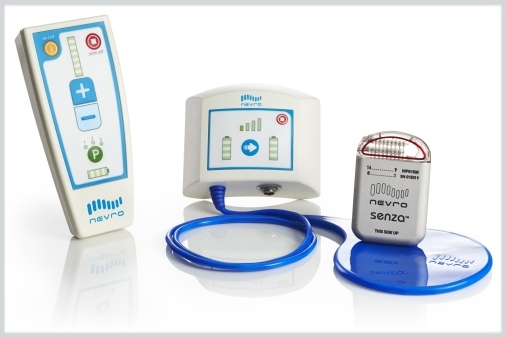The Food and Drug Administration (FDA) has authorized marketing of EaseVRx, an immersive virtual reality (VR) system that uses cognitive behavioral therapy (CBT) and other methods to reduce pain in adults diagnosed with chronic lower back pain.
EaseVRx consists of a VR headset with a “Breathing Amplifier” for use in deep breathing exercises. The prescription device is designed to reduce pain and pain interference using the principles of CBT including deep relaxation, attention-shifting, interoceptive awareness and perspective-taking, distraction, immersive enjoyment, self-compassion, healthy movement, acceptance, visualization, knowledge of pain and rehabilitation. The 8-week treatment program consists of 56 VR sessions that are 2 to 16 minutes in length.
The authorization was based on data from a randomized, double-blind clinical study that evaluated the efficacy and safety of EaseVRx in 179 patients aged 18 years and older with chronic lower back pain. Patients were randomly assigned to receive either the EaseVRx immersive 3-D program or a control 2-D program that did not use skills-based CBT methods of treatment for 8 weeks. Patients were followed for a total of 8.5 months.
Findings showed that at the end of treatment, 66% of patients in the EaseVRx arm achieved more than 30% reduction in pain compared with 41% of those in the control arm. Moreover, 46% of patients in the EaseVRx arm achieved more than 50% reduction in pain at the end of treatment vs 26% of those in the control arm.
Patients in the EaseVRx arm continued to report a 30% reduction in pain at 1-month follow-up and maintained the 30% reduction in pain for all outcomes except pain intensity at 2- and 3-month follow-up. This was not observed in the control group, which reported a reduction in pain below 30% for all outcomes at 1-, 2-, and 3-month follow-up.
At the end of the 8-week program, patients in the EaseVRx arm reported a decrease in pain intensity of 1.31 points and a decrease in pain interference for all measured outcomes that ranged from 0.95 points to 1.27 points down from their respective scores at the start of treatment.
Adverse events reported with EaseVRx use included discomfort with the headset (20.8%) and motion sickness/nausea (9.7%).
“Pain is often treated with a purely biomedical approach with key aspects of pain left untreated,” said Dr Beth Darnall, AppliedVR chief science advisor and Stanford pain scientist. “Our research shows that VR can scale effective ‘whole-person’ chronic pain care that people can conveniently use in the comfort of their own home.”
Additional clinical trials evaluating the use of a virtual reality program as an opioid-sparing tool for acute pain and chronic pain are being planned, according to the Company.
References
- FDA authorizes marketing of virtual reality system for chronic pain reduction. News release. US Food and Drug Administration. November 16, 2021. https://www.fda.gov/news-events/press-announcements/fda-authorizes-marketing-virtual-reality-system-chronic-pain-reduction.
- FDA grants AppliedVR approval for first virtual reality therapeutic to treat chronic low back pain. November 16, 2021. https://www.prnewswire.com/news-releases/fda-grants-appliedvr-approval-for-first-virtual-reality-therapeutic-to-treat-chronic-low-back-pain-301426221.html.






